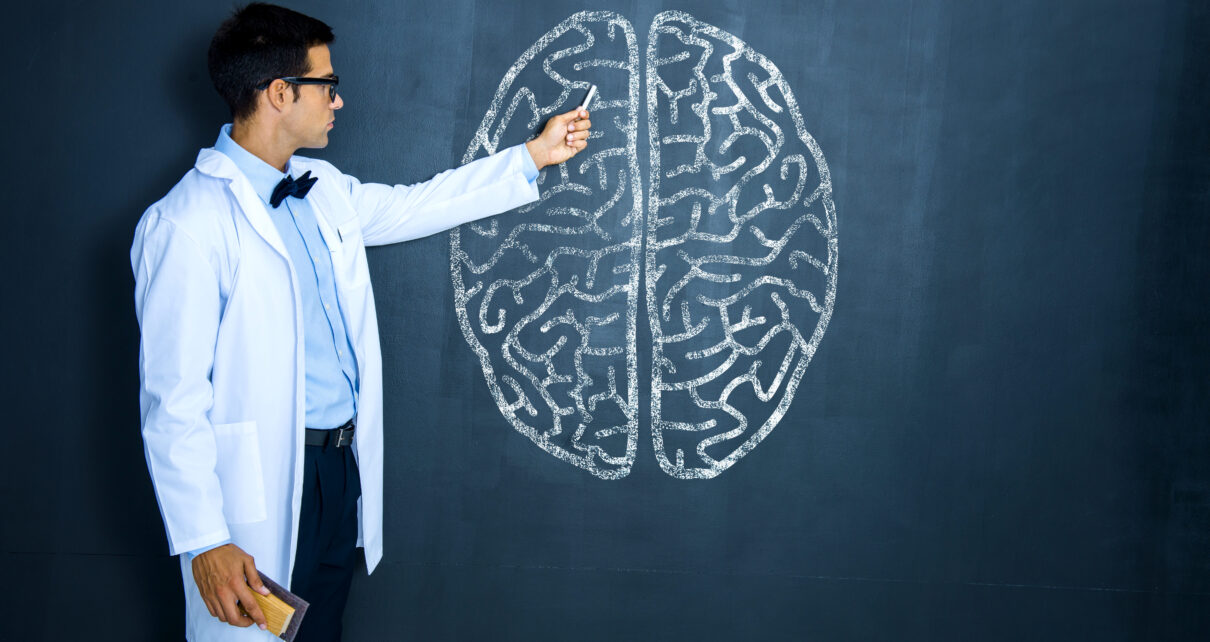
One very normal concern we have as we age is the question of whether we will gradually slip into dementia, or Alzheimer’s (there is a bit of a difference between the two, by the way).
The basic definition of dementia is a decline in mental function. Don’t worry: Misplacing your keys or cellphone, which I seem to do a lot, isn’t a sign. What is, says AARP, is “a loss of functioning that interferes with daily life,” which “can diminish focus, attention, language skills, problem-solving and visual perception.”
Is this an inevitable part of aging? Not necessarily, says Dr. Stacy L. Andersen, an assistant professor of medicine at Boston University, who studies centenarians (people aged 100 or more). This segment of our population is growing rapidly. The Census Bureau says there are about 101,000 Americans 100 or older now; this is projected to more than quadruple to 422,000 by 2054.
“Many people believe that dementia is a normal part of aging and although it is an age-related disease, meaning that it is more common among older people than younger people, it is actually related to underlying neurodegenerative diseases that are not a normal part of aging,” Andersen tells me.
Obviously, no two people are alike, and the rate of cognitive decline can vary considerably, she adds,
Three things you can do
This is where individual behavior and lifestyle choices can play a role, often a significant one, in determining how sharp a person could be in their later years. Andersen cites three things that can help us stay sharp—maintain cognitive health—and it starts with having a healthy heart.
“We know that what’s good for your heart is also good for your brain,” she says. “That means following a heart healthy diet centered around fruits, vegetables, legumes, whole grains, and lean meats and being physically active while limiting processed foods, red meat, and sedentary behavior.”
Obviously, the earlier you adopt such behaviors in life, the better. But it’s never too late to start. I see older folks at my gym lifting weights, hitting the treadmill and downward dogging in our yoga studio. “I love the buzz it gives me,” a lady on the mat next to me said last week. I’m guessing she’s 75, and is sharp as a tack.
Second, habla espanol, anyone? Andersen says keep learning and trying new things. “Take up a new activity that you’ve always wanted to do like learning a new language, how to use a computer, or even delving into digital photography. Activities that require you to engage your full attention and concentration are more likely to help strengthen your brain networks than passive activities.”
Finally, stay connected. One of the worst things about the pandemic was the impact it had on our social lives. Keeping our distance from others, not getting together with friends and all the rest may have helped curtail the spread of the virus, but it also increased social isolation, which can have a debilitating effect on not only physical health but our mental sharpness. In fact, and it should come as no surprise, that social isolation and loneliness have been linked to not only increased risk of dementia, but a raft of other physical and mental conditions like heart disease, diabetes, depression, and suicide.
“You should take part in social activities,” Andersen says. “Social activities strengthen your social networks, which are important for social support and stress relief, and listening to and appreciating diverse perspectives builds your cognitive networks.”
Things like phone calls and Zoom chats are OK here, but I think there’s nothing better than actually seeing someone in person over a cup of coffee. Or going on a walk with a friend. At the Starbucks around the corner from me, there’s a group of older guys in their late 60s and early 70s who gather regularly for coffee and conversation. The room is filled with laughter and good cheer.
Study after study tells us that the benefits of socializing and being in the company of others—family and friends—cannot be overestimated.
There are certainly no guarantees that we’ll be able to avoid reduced cognitive function when we’re older. But we have the power, through our actions, behaviors, and thoughts, to improve the probability of staying sharp.
“Some people are able to maintain very high levels of cognitive function with very minimal changes even into their 80s,” Andersen says, which is the basis for studies of “cognitive superegos.” Even people much older than that can remain sharp.
“Many centenarians, people over the age of 100 years, are not only cognitively healthy until the very end of life but they are continuing to enjoy life and embrace every day,” she says.
—







